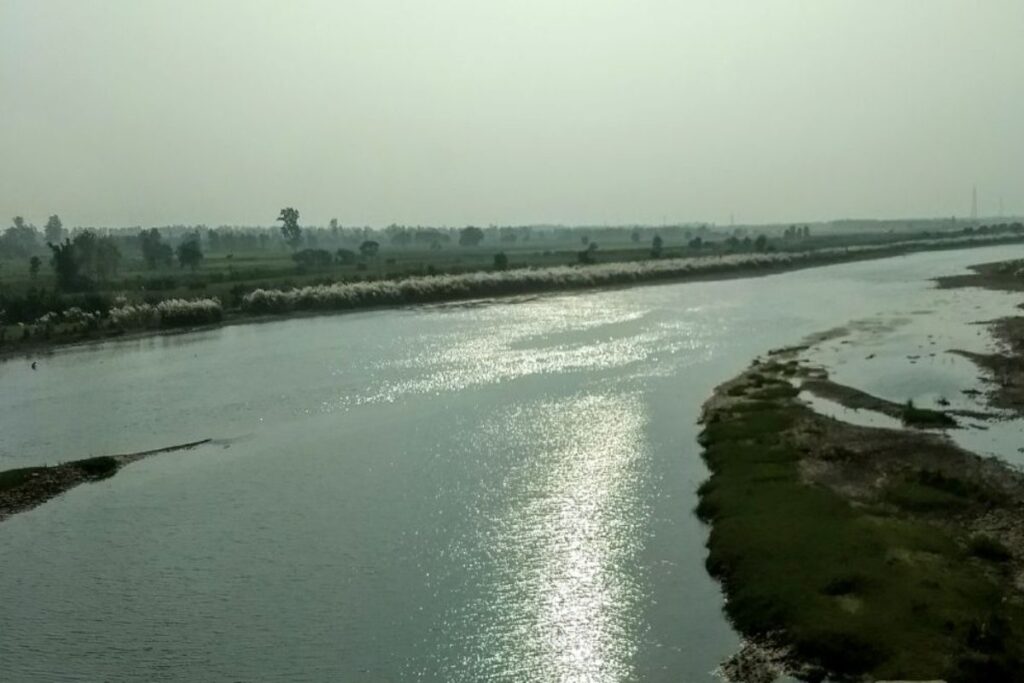In a recent escalation to an ongoing war between India and Pakistan, India has suspended the Indus Waters Treaty. The September 1960 agreement reached by the World Bank and signed by neighboring countries has become both a weapon and a casualty in the bitter face-off between the long-time rivals.
Vikram Misri, the Indian Foreign Secretary, announced the suspension on April 23, 2025, via a statement. “The Government of India has taken the decision to hold the Indus Waters Treaty in abeyance with immediate effect,” the statement began.
“This decision has been taken in light of the terrorist attack in Pahalgam, Jammu and Kashmir, on April 21, 2025 … Investigations have established clear cross-border linkages to this attack, with evidence pointing to the involvement of Pakistan-based militant groups,” the statement continued.
The Indus Treaty was reached to broker peace between the two countries. But with its suspension, decades-long diplomatic progress is about to be undone as the two nations continue hostilities that many fear could trigger another world war. But what is the significance of the Indus Treaty’s suspension?
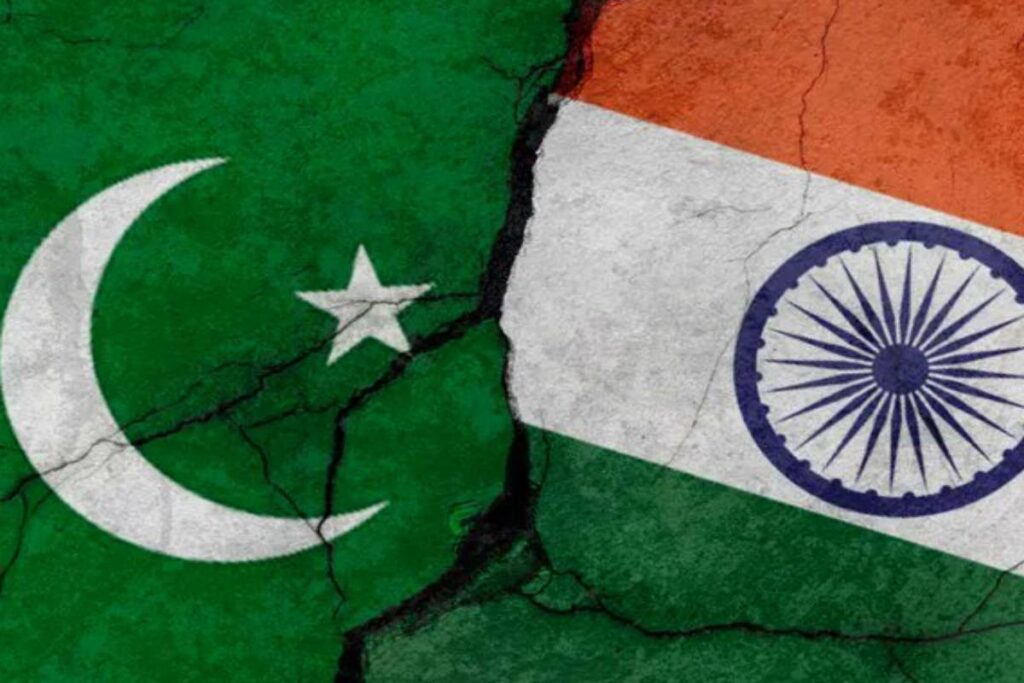
Here, we will examine why the treaty was reached and the political and economic implications of its suspension for both countries. A new episode of geopolitical drama is about to unfold.
What Is the Indus Waters Treaty?
For many years, India and Pakistan argued over the ownership and use of the Indus River system, a network consisting of the Indus River and all its tributaries. The Indus Waters Treaty is an agreement that specifies the sharing of the water bodies in the Indus River system.
After extensive analysis and consideration, the World Bank drew up the sharing formula and had the two nations sign it in September 1960. The Indus River system consists of the Indus, Sutlej, Jhelum, Ravi, Chenab, and Beas rivers and tributaries.
According to the treaty, India will control the eastern rivers, Ravi, Beas, and Sutlej. India has depended on these rivers for its hydropower and irrigation needs and has also built a water storage system.
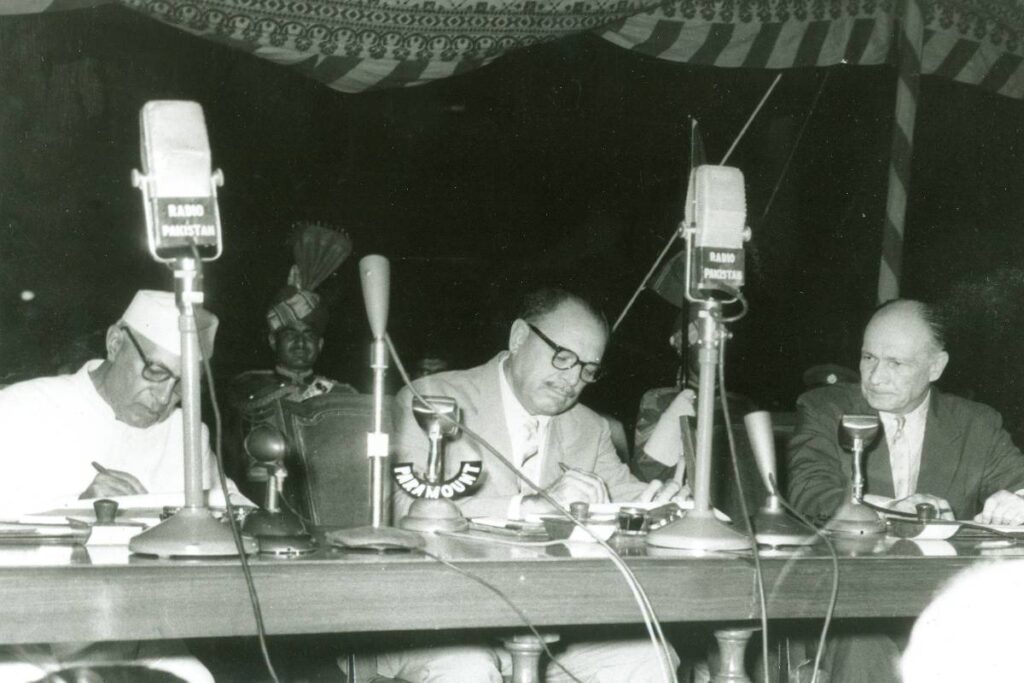
Pakistan was allocated most of the western rivers. These are the Indus, Jhelum, and Chenab. “Most” because the treaty allowed India to use a small fraction of these waters for minor purposes such as domestic water supply and restricted irrigation.
Aside from sharing the waters, the treaty also bound India and Pakistan to share hydrological data. These include daily reports on the volume of water inflows, canal withdrawals, snowmelt, and river discharges.
India, the upper riparian state, from which the river flows down, was also expected to share warnings of impending flooding with Pakistan. The treaty also established a commission to direct its implementation, consisting of members from both countries.
Lastly, the treaty outlined dispute resolution mechanisms, which a World Bank-appointed expert will oversee. This expert will resolve technical issues that may arise in the future. For legal disputes, any aggrieved party could approach a Court of Arbitration.
Why Has India Suspended the Indus Waters Treaty?
The Indian government has been clear about its reasons for suspending the treaty. A terrorist attack on three Indian cities took 26 lives, including that of a foreigner. The Indian government has fingered a Pakistan-based military group for the attack.
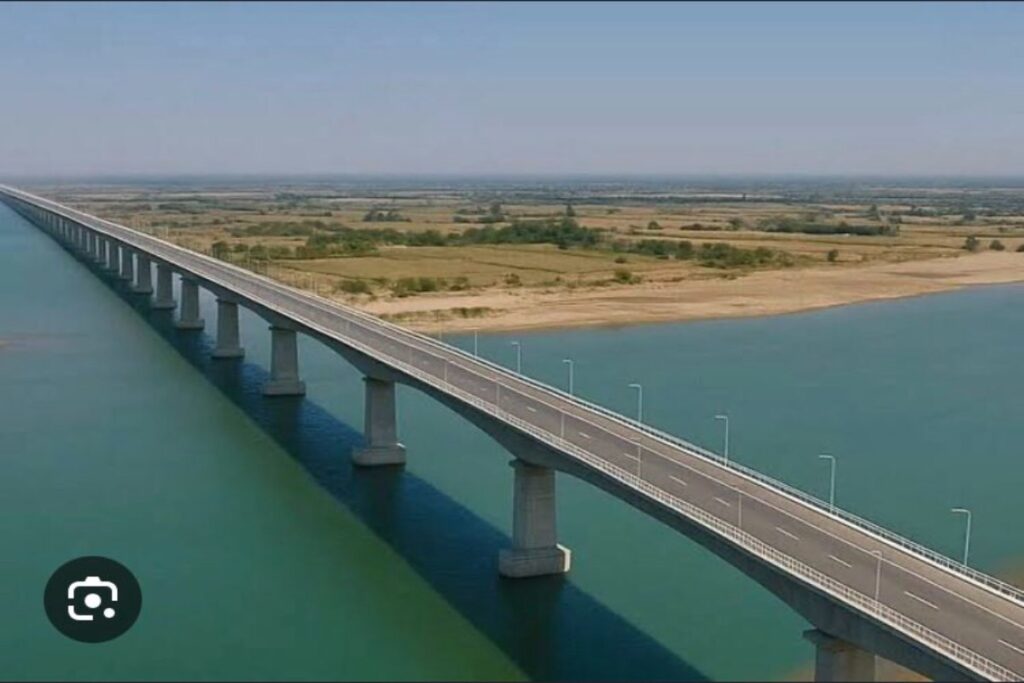
Not just that, India believes the Pakistani government sponsors the terrorists and the terror attacks. According to the Indian government, The Resistance Front, which is the terrorist group to blame for the attack, has received Pakistan’s “continued support.”
This action, it states, is a “material breach of the fundamental principles underlying the treaty. India also says its suspension of the treaty will be lifted only if it sees signs that its Pakistani counterparts have taken steps to end their alleged terrorism involvement in terrorism.
A war-like dispute has since begun between the two nations. Shortly after the terrorist attack, security forces of both countries began exchanging fire across their border. The war further escalated on May 7th, 2025, after the Indian Military launched missile strikes against Pakistan-based militant groups.
Although the Indian authorities claimed it only targeted terrorist bases, the Pakistanis said the strikes killed 31 civilians. Afterward, Pakistan launched several revenge strikes, including one it said brought down Indian military aircraft.
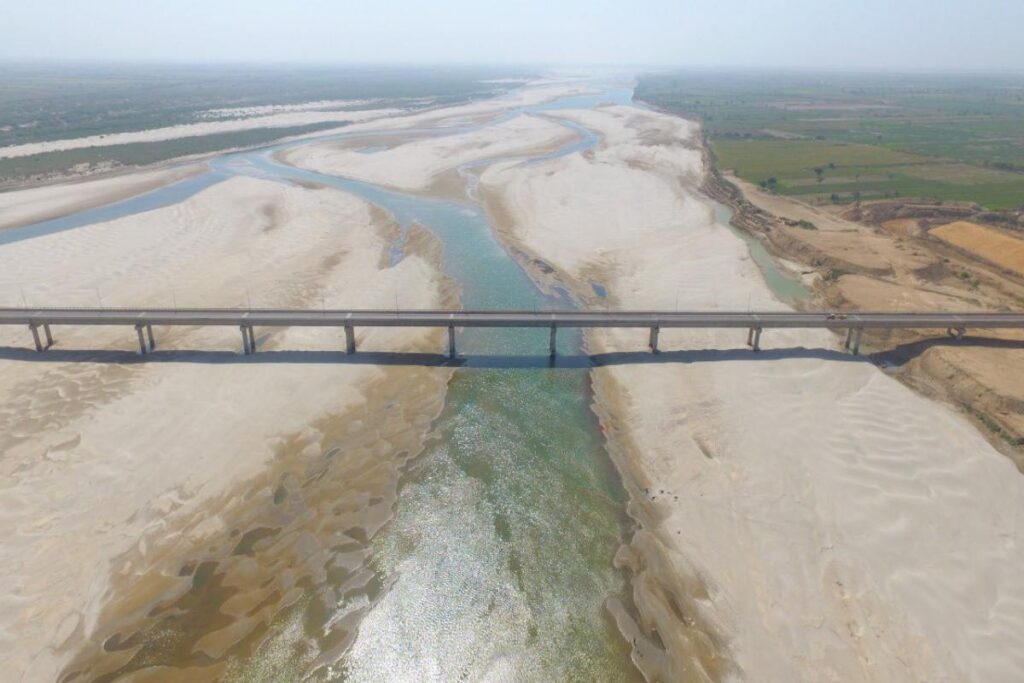
They went further and, according to reports, struck 36 different locations in India. The Indian military was also reported to have damaged a Pakistani air defense radar. These strikes and counter-strikes have continued since then. The Indus Waters Treaty suspension was just one among the multiple tit-for-tat measures of war.
So far, about 50 people have been reportedly killed in the fighting. Other nations have called on both countries to cease fire and come to the negotiation table. Notable among which was the United States, which sent its Secretary of State, Marco Rubio, to broker a peace deal.
What Are the Implications of the Indus Peace Treaty Suspensions?
One of the first considerations regarding the treaty’s suspension is Pakistan’s water availability. India has the advantage of being the upper riparian state. But could they completely cut Pakistan off from the Indus River’s flow? Experts say this is highly unlikely.

Although India could prevent water from reaching Pakistan, this is almost impossible during seasons of high water flow. India doesn’t have the facility to hoard billions of cubic meters of water from its neighbors; it lacks the storage capacity to do so.
The only way to achieve this is for India to build more storage facilities without disclosing their plans to Pakistan. They could also expand existing facilities to hold and store more volumes of water.
India has been slow in building water facilities. The discouraging terrain around the river has stalled water projects. The government has also faced fierce protests from some citizens who are unhappy with the proposed infrastructure.
However, the story is different during low-flow periods. During these periods, the volume of water that passes through India is a small fraction of what usually flows. India can afford to store most, if not all, of this water, leaving Pakistan stranded.
If this happens, Pakistani agriculture and food security will be significantly affected, as irrigation will be hampered. But that’s not all. With this treaty pause, India is no longer bound to share flood-forecasting data with Pakistan, putting Pakistan in great danger of unexpected flooding.
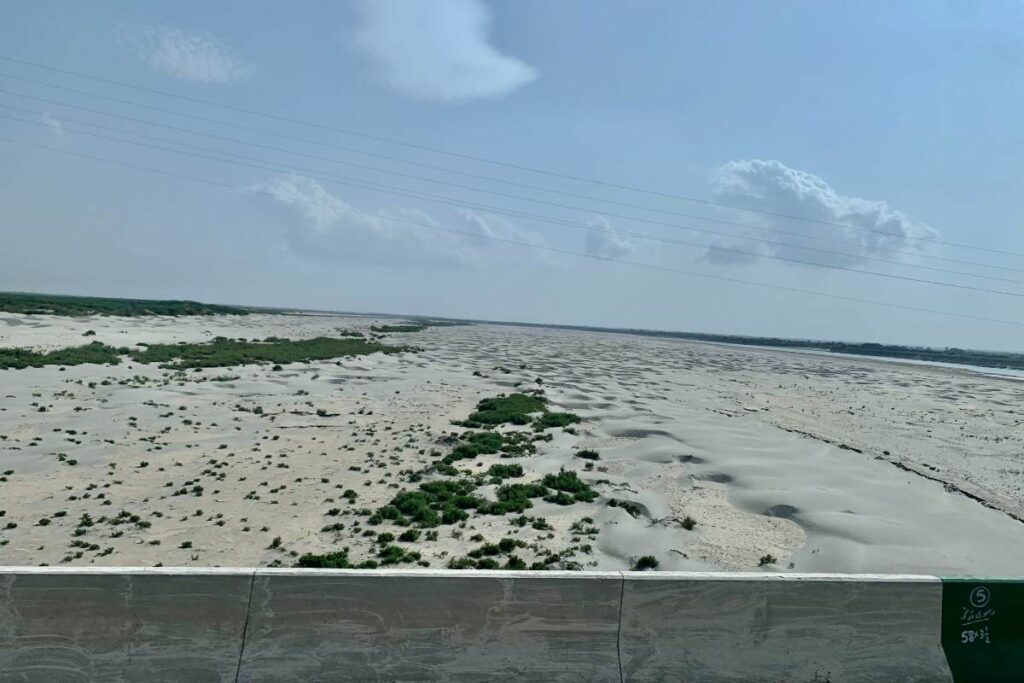
India could also deliberately flood Pakistan if it wanted. Experts say India’s storage facility could allow it to use the water as a weapon. That is, India could hold large volumes of water in its storage and release them all at once, flooding Pakistan without notice.
Is Pakistan Helpless?
One of the laws governing the Indus Waters Treaty specifies that no country can suspend or cancel the agreement on its own. That is, neither India nor Pakistan could end or suspend the treaty without the other’s permission. This provision protected Pakistani interests, but not anymore.
Now, all Pakistan can do is hope that India changes its mind or that a third party comes to its rescue. From history, the most likely support it could receive in this water war would be from China, which has seemingly come to Pakistan’s rescue in the past.
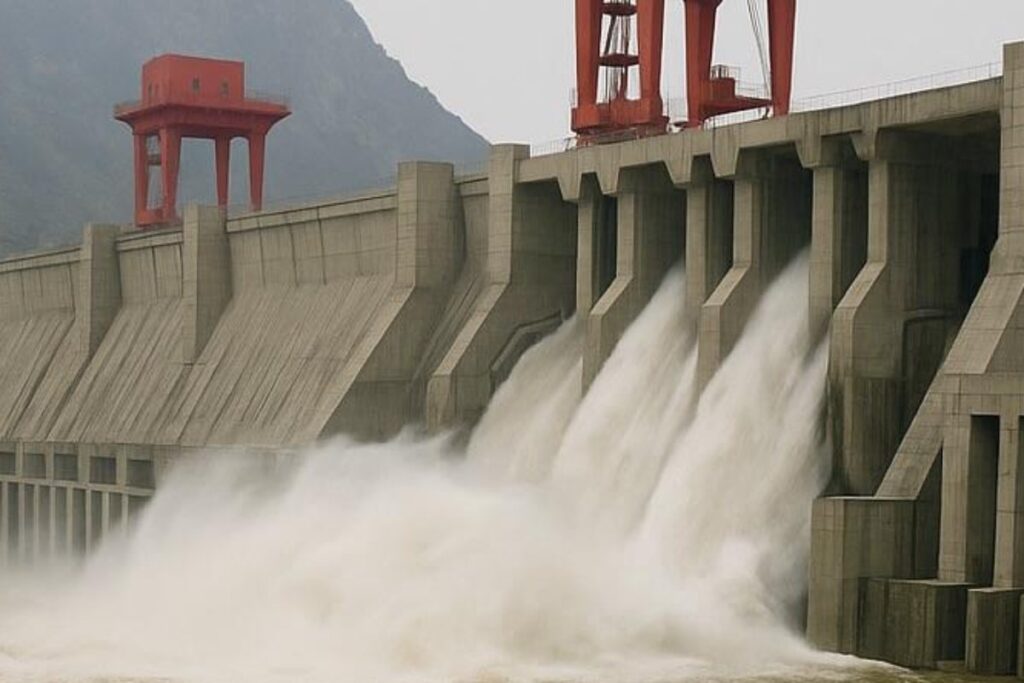
The incident happened in 2016 after India and Pakistan had a standoff. Similar to the recent incident, terrorists attacked the Kashmir region of India. India blamed it on the Pakistani government and threatened to cut off water to Pakistan because “blood and water cannot flow together.”
Many felt that, in response to the threat and as a helping hand to Pakistan, China blocked the flow of the Yarlung Tsangpo tributary, which flows down into India to become the Brahmaputra River.
Although China claimed that its decision was in response to the requirements of a hydropower project close to the border, which was under construction, many people thought otherwise. Especially considering the timing of the move, China’s explanation was hard to accept.
Many believed that China was only helping its friend, Pakistan. Will China do the same thing now? We can only keep our fingers crossed. Meanwhile, the United States has made some breakthroughs in bringing both countries to the negotiation table.
As of Saturday, May 10, 2025, India and Pakistan had reached a ceasefire. As they prepare for talks, it is hoped that both countries will agree to sheathe their swords and make concessions to each other.
Obviously, lifting the suspension of the Indus Waters Treaty will be a big step in peace talks. Hopefully, when that is done, the World Bank can reassess the agreement and fine-tune it to discourage future suspensions by one party. The 1960 treaty remains key to both countries’ economic and political stability.


